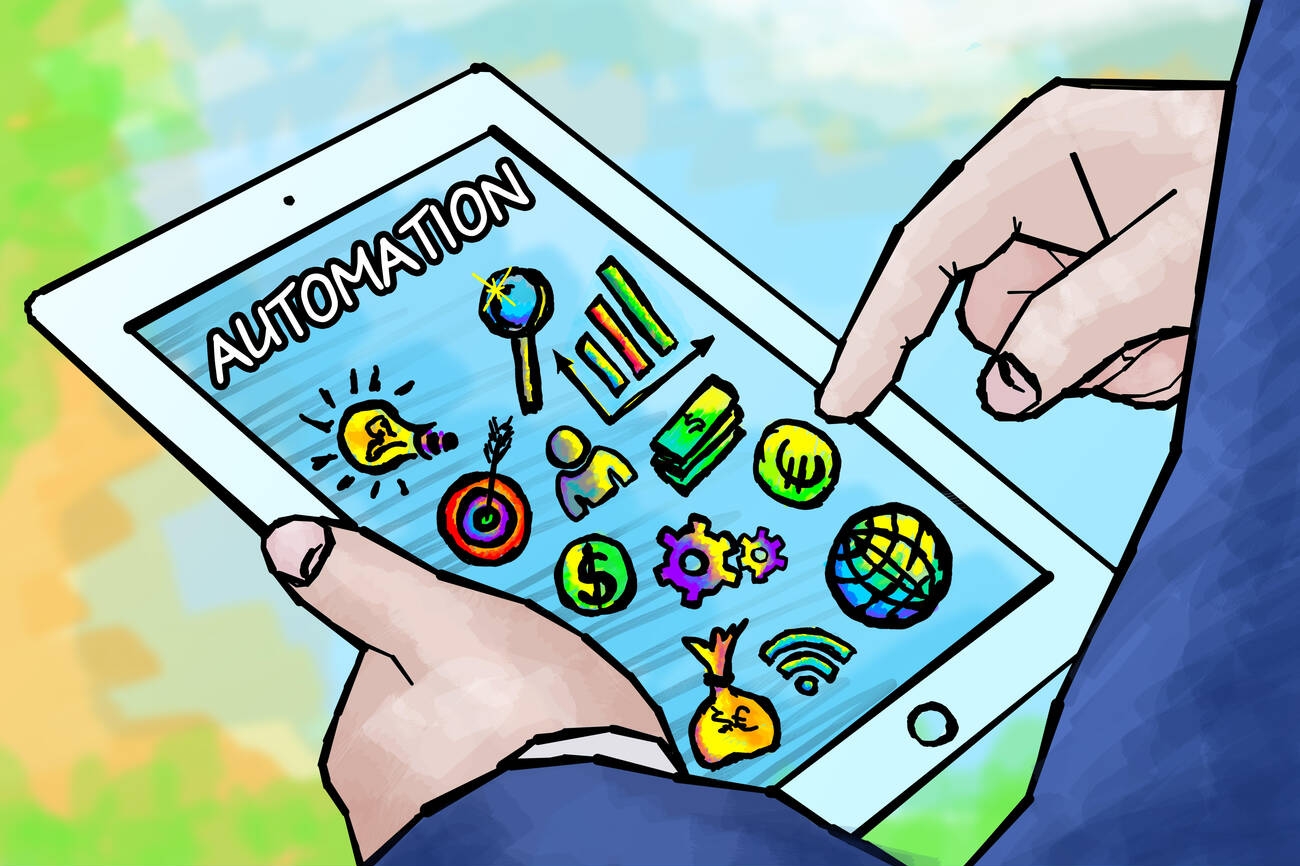If you’re tired of spending hours manually identifying bugs and errors, it’s time to make the switch to automation testing. In this article, we’ll show you how to automate your manual testing process and reap the benefits of increased test coverage, improved productivity, and faster release cycles. So, let’s dive in and discover the secrets behind automating manual testing.
The Benefits of Automation Testing
Automation testing offers several benefits, including increased test coverage, improved productivity, and the ability to run tests simultaneously on multiple devices. With automation testing, you can ensure that your software is thoroughly tested across different platforms and configurations. This helps in identifying bugs and issues that may not be caught through manual testing alone. By automating repetitive tasks, you can save time and effort for your QA team, allowing them to focus on more critical aspects of testing. Automation also provides accurate and reliable results, reducing the chances of human error. Additionally, automation testing allows you to generate detailed reports and error logs automatically, providing valuable insights into the quality of your software. Overall, automation testing streamlines the testing process and enhances efficiency in delivering high-quality software products.
When to Use Manual Testing Instead of Automation Testing
In certain cases, manual testing may be preferred over automation testing due to its flexibility and immediate results. When should you choose manual testing instead of automation? Here are three scenarios to consider:
- Complex test scenarios: Manual testing allows for quick adaptation and exploration of complex test scenarios that may not be easily automated. It provides the flexibility needed to identify edge cases and uncover unexpected issues.
- Usability testing: Manual testing is essential for evaluating user experience, usability, and behavior. It requires human judgment and observation to assess the intuitiveness, accessibility, and overall satisfaction of users.
- Quick feedback on minor changes: For short-term projects focusing on minor features or minimal code changes, manual testing can provide immediate feedback without the need for setting up extensive automation frameworks.
The Evolution of Testing: From Manual to Automation
When transitioning from manual to automated testing, it is important to understand the evolution of testing methodologies and the benefits that automation brings. Manual testing has its advantages in providing flexibility and immediate results, but it falls short when it comes to repeated iterations and execution of code. Automation testing allows for parallel tests on multiple devices, browsers, and operating systems, increasing test coverage and improving efficiency. It can generate error logs and reports automatically, saving time and effort. The automation testing market has seen significant growth, exceeding $15 billion in 2020. With automation testing, you can improve productivity, run tests simultaneously on different platforms, and handle large-scale projects more effectively.
| Benefits of Automation Testing | Benefits of Manual Testing |
|---|---|
| Increased test coverage | Flexibility |
| Improved productivity | Immediate results |
| Simultaneous multi-platform tests | Usability assessment |
| Automatic error logs & reports | Quick specific scenario tests |
The Importance of Test Automation in Agile Development
To maximize efficiency and ensure quicker results in your agile development process, it is crucial to understand the importance of incorporating test automation.
Here are three reasons why test automation is essential for agile development:
- Faster feedback: With automated tests, you can quickly identify bugs and errors, allowing developers to fix them promptly. This leads to faster iterations and a more streamlined development cycle.
- Increased coverage: Manual testing has limitations in terms of time and resources. By automating your tests, you can cover a broader range of scenarios and ensure comprehensive testing across different devices, browsers, and operating systems.
- Continuous integration: Test automation integrates seamlessly with continuous integration tools, enabling frequent code deployments without sacrificing quality. Automated tests can be easily incorporated into your CI/CD pipeline, ensuring that every code change gets thoroughly tested.
Learning Coding for Automation Testing
Learning coding for automation testing can enhance your skills as a tester and open up more opportunities in your career. By acquiring programming knowledge, you will be able to create efficient and effective automated test scripts. This will not only save time and effort but also increase test coverage and improve the overall productivity of your testing process. You can learn programming languages like Java or Python, which are commonly used in automation testing, through online platforms that offer coding courses and tutorials. Livestreaming coding training can make learning coding fun and exciting. So, don’t hesitate to dive into learning coding for automation testing as it will empower you to excel in your role as a tester and advance in your career.
Exploring Codeless Automation Testing
Explore the benefits of codeless automation testing and how it can simplify your testing process.
- No coding skills required: With codeless automation testing, you don’t need to be a programmer to automate your tests. The tools record your actions and generate test scripts automatically.
- Increased efficiency: Codeless automation testing saves time and effort in test script creation. You can quickly create and execute tests without writing complex code.
- Easy transition from manual to automation: Manual testers can easily switch to codeless automation without the need for additional resources or extensive training.
Codeless automation testing streamlines your testing process, allowing you to focus on other critical tasks while ensuring faster and more reliable test results. It’s an excellent option for those looking to enhance their testing capabilities without diving into coding complexities.
Tips for Selecting the Right Automation Tool
Now that you have explored the concept of codeless automation testing, let’s move on to the next subtopic: tips for selecting the right automation tool. When choosing an automation tool, there are a few things you need to consider. First, you can start with free tools or trial versions to get familiar with test automation. Look for tools that have AI, machine learning, and self-healing AI features as they enhance efficiency. Integration with external technologies and continuous integration tools is also important for seamless testing. Open-source methodologies and software development kits (SDKs) provide extended features. Lastly, prioritize usability and powerful features when making your selection. By keeping these factors in mind, you can choose an automation tool that best suits your specific testing needs.
Choosing the Right Tool for Specific Testing Needs
When choosing the right automation tool, it is important to consider your specific testing needs and select a tool that aligns with those requirements. Here are three key factors to keep in mind:
- Type of Testing: Determine the type of testing you need to automate, whether it’s API testing, performance testing, or browser compatibility testing. Different tools specialize in different types of testing, so choose one that caters to your specific needs.
- Tool Features: Look for automation tools that offer powerful features such as AI, machine learning, and self-healing AI. These features can enhance automation efficiency and improve the accuracy of your tests.
- Integration Capabilities: Consider how well the automation tool integrates with external technologies and continuous integration tools. Seamless integration can streamline your testing process and make it easier to incorporate automation into your existing workflows.
Best Practices for Automating Manual Testing
To optimize your automation efforts, consider implementing these best practices for streamlining the transition from manual to automated testing. First, start by identifying repetitive and time-consuming tasks in your manual testing process that can be automated. This will help you prioritize which areas to focus on when implementing automation. Next, ensure that you have a clear understanding of the functionality and requirements of the software being tested. This will allow you to create effective test cases and scripts for automation. Additionally, establish a robust test data management strategy to ensure reliable and consistent test results. Regularly maintain and update your automation scripts as the software evolves to avoid compatibility issues. Lastly, regularly review and analyze your automated test results to identify any gaps or areas for improvement in your testing process. By following these best practices, you can streamline your transition from manual to automated testing and maximize the benefits of automation.
Overcoming Challenges in Automating Manual Testing
Overcoming challenges in automating manual testing requires careful planning and adapting your approach to ensure a smooth transition to automation. Here are three key strategies to help you overcome these challenges:
- Identify the right test cases: Start by identifying which test cases would benefit the most from automation. Focus on repetitive and time-consuming tasks that can be easily automated, such as regression testing or data-driven testing.
- Build a solid framework: Develop a robust automation framework that is scalable, maintainable, and reusable. This will make it easier to add new test cases, update existing ones, and handle any changes in the application under test.
- Invest in training and collaboration: Provide your team with proper training on automation tools and techniques. Encourage collaboration between testers and developers to ensure effective communication and alignment throughout the automation process.




